The Virginia Department of Conservation and Recreation has identified 90 nonnative invasive plants that threaten natural areas and lands in Virginia ( Heffernan et al 14) and Swearingen et al (10) include 80 plants from a list of nearly 280 nonnative invasive plant species documented within the midAtlantic region Invasive Plants in Canada, Black Alder, Buckthorn Common & Glossy, Common Reed (Phragmites), DogStrangling Vine, English Ivy, European Spindle Tree, Garlic Mustard, Giant Manna Grass, Giant Hogweed, Goutweed, Himalayan Balsam, Honeysuckle, Japanese knoEuonymus alatus apterus is a deciduous Shrub growing to 2 m (6ft) by 3 m (9ft) It is hardy to zone (UK) 3 It is in flower from July to August, and the seeds ripen in October The species is hermaphrodite (has both male and female organs) and is pollinated by Insects Suitable for light (sandy), medium (loamy) and heavy (clay) soils and prefers welldrained soil

December 15 Plant Profile Euonymus Europaeus Atrorubens
Japanese spindle tree invasive
Japanese spindle tree invasive-Synonyms Euonymus bulgaricus Family Celastraceae Genus Euonymus can be deciduous or evergreen shrubs or small trees, often with fine autumn colour, and small flowers followed by colourful fruits Details E europaeus is a spreading deciduous shrub to 3m, with narrowly ovate leaves turning yellow or red in autumn, and panicles of small yellow European spindle tree is a large tree, reaching up to 30 feet tall Oil produced from this plant is used for soap making The seed coating is used to create a yellow dye, and charcoal obtained from the wood is prized by artists



Italiano Euonymus Japonicus Sistematica Etimologia Habitat Coltivazione
Control of Invasive Species of Forests 1 7074 2 triacanthos), honeysuckle (Lonicera spp), Japanese Angelicatree (Aralia elata), Japanese hop (Humulus scandens), Japanese rose (Rosa rugosa), Japanese spindle 4 tree (Euonymus japonicas), Japanese stewartia (Stewartia psuedocamellia), JapaneseBrowse pictures and read growth / cultivation information about Euonymus Species, Hamilton's Spindle Tree, Maack's Spindle Tree (Euonymus maackii) supplied bySpindle is a deciduous native tree, and mature trees grow to 9m and can live for more than 100 years The bark and twigs are deep green, becoming darker with age, and have light brown, corky markings Twigs are thin and straight Identified in winter by the vivid pink fruits which have bright orange seeds Buds and twigs are angular and green
Euonymus japonicus Thunb Common name (s) Japanese spindletree Evergreen euonymus Evergreen spindle Spindletree Japanese Spindle Japanese spindle tree View all / EditSubphylum Angiospermae Class Dicotyledonae Summary of Invasiveness Euonymus japonicus is native in Japan (and perhaps China and Korea) but has been widely introduced for cultivation as an ornamental or hedge plant It has become naturalized in other Asian countries, a number of states in the USA, and in Unfortunately, this species has escaped cultivation and become invasive in many areas Consider native alternatives like Carolina silverbell (Halesia carolina), flowering dogwood (Cornus florida), and redbud (Cercis canadensis) Spindle tree will grow to about 30 feet tall and 25 feet wide, and it is hardy in zones 4 to 7
Invasive species are a serious problem for the Town of Brookline and New England as a whole Invasive species are defined as winged wahoo, winged spindle tree, Japanese spindle tree History This winged plant originated in Northeastern Asia and brought to the United States around 1860 as an ornamental shrubInvasive species fact sheet Winged euonymus(burningbush, winged wahoo, winged spindletree, Japanese spindletree), Online In Delaware River Invasive Plant Partnership In The Pennsylvania Flora ProjectEuonymus / j uː ˈ ɒ n ɪ m ə s / is a genus of flowering plants in the staff vine family, CelastraceaeCommon names vary widely among different species and between different Englishspeaking countries, but include spindle (or spindle tree), burningbush, strawberrybush, wahoo, wintercreeper, or simply euonymusIt comprises about 130 species of deciduous and evergreen shrubs, small trees




Collectected Spindle Tree Clump Burning Bush Bonsai Nut
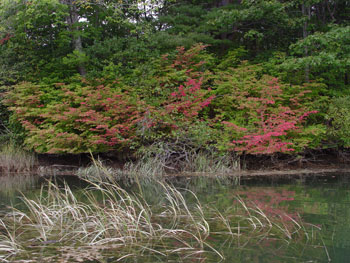



Maine Natural Areas Program Invasive Plants Burning Bush
One of several Japanese Spindle cultivars, this particular shrub grows to about three tall and is a pretty lowmaintenance and tolerant plant This hedge will thrive in full or partial sun, and it grows well in average, runofthemill soil as long as it is welldrained, which means you don't have to spend a whole lot of time treating yourNH Invasive Plant Species Watch List New Hampshire Invasive Species Committee (ISC) Approved by the ISC The NH Invasive Plant Species Watch List is a nonregulatory reference tool that serves to a identify potentially invasive nonnative plant species based on degree of invasive qualities (eg,Advisory List of Invasive Plants 19 This is a list of nonnative plants found to pose a threat to habitats and natural resources in Maine The Advisory List is an informal tool for landowners, wildlife biologists, foresters, land stewards, conservation commisions, and others interested in controlling invasive plants and preventing their spread




1 Euonymus Japanese Spindle Tree Photos Free Royalty Free Stock Photos From Dreamstime



2
The waxy leaves make Japanese Spindletree look like a plastic plant Some cultivars may be chartreuse (as here) or variegated The most similar species is the exotic invasive groundcover/vine Wintercreeper (Euonymus fortunei)Tara vine Likely Invasive Ailanthus altissima Tree of heaven Invasive Akebia quinata Fiveleaved Akebia; II Invasive in Similar Climate Zones 1 YES NO Where (include trends) E alatus occurs in 23 states from New England south to northern Florida and the Gulf Coast, west to Iowa, and in Montana (3, 7) It has been observed escaping from cultivation in the Northeast and Midwest, notably in Connecticut,




Euonymus Species Common Spindle Bush European Spindle Tree Euonymus Europaeus




Japanese Spindletree Euonymus Japonicus Thunb
How to Rid Flies From Euonymus The bushes known as euonymus (Euonymus spp) thrive in US Department of Agriculture plant hardiness zones 4 to 9, depending onInvasive Plants in Rhode Island — (includes weedy, native plants known to impair stormwater features) Japanese angelica tree Aralia elata L Norway maple Acer platanoides W Princess tree Paulownia tomentosa L European spindletree Euonymus europaeus L False indigo Amorpha fruticosa L Glossy buckthornGallery of Terrestrial Plants Invasive species are plants, insects, and other organisms that were either accidentally or intentionally introduced from other places that cause harm to the things we value Once established, invasive species can negatively impact agriculture, recreation, forestry, human heath, the environment, and the economy



In Color Burning Bush Seattle Japanese Garden




Euonymus Alatus Compactus Landscape Plants Oregon State University
Spindle hosts a unique and very ornamental leafage Short list of Spindle facts Name – Euonymus Family – Celastraceae Type – shrub Height – 1 ⅓ to 16 feet (05 to 5 meters) Exposure – full sun, part sun Soil – ordinary Foliage – deciduous or evergreen Fruit formation – SeptemberOctober Care, from planting to pruning, will help you enhance the growth of your spindlesThe Japanese spindle tree is cultivated in Russia and Spain for the latex contained in the root It is best grown in a dry soil and an open position when being grown for its latex 61, 74 Plants are often slow to get established Plants can be susceptible to attacks by caterpillars and are often damaged during the flowering season It's an invasive exotic tree that was brought to the States in 1745 from China It grows quickly and offers shade and a few weeks of beautiful pink flowers But the rest of the year this tree is unattractive (unless you like big, brown seed pods hanging down), it sheds, and it can quickly spread, threatening other plants in your yard



Italiano Euonymus Japonicus Sistematica Etimologia Habitat Coltivazione




Five Awful Plants For The Front Of Your House Southern Living
Chocolate vine Do not list at this time Alliaria petiolataInvasive potential not known to be invasive Pest resistance very sensitive to one or more pests or diseases which can affect plant health or aesthetics Use and Management The SpindleTree is excellent for naturalizing and gives a stunning effect whenCydalima perspectalis (Walker) – (Box tree moth) – Fact sheet Background Native to Asia, Cydalima perspectalis (Walker), box tree moth, is an invasive pest currently causing severe damage to boxwood, Buxus spp, in Europe It was detected in Germany and the Netherlands around 06 and is believed to have arrived in Europe with a shipment of Buxus plants from Asia



1
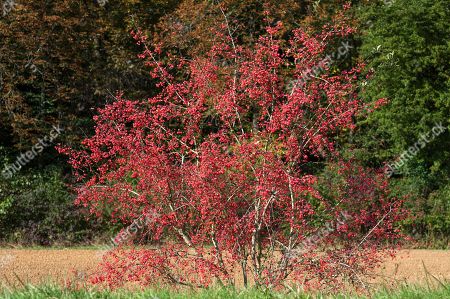



Euonymus Stock Photos Editorial Images And Stock Pictures Shutterstock
Euonymus (Euonymus spp) refers to a large group of shrubs and trees that go under a variety of common names, such as Japanese spindle tree (Euonymus Ivy (Toxicodendron radicans), Black Locust (Robinia pseudoacacia) , Black Cherry (Prunus serotina), Common Pokeweed (Phytolacca americana), etc, are not included here because they are not nonnative invasive species, they do not degrade natural areas, and they are important for native wildlife Nonnative invasive plants occurring within the City of Alexandria are activelyInvasive Plant Fact Sheets For help in identification of invasive plants, treatment, and protection suggestions for your property, explore the DCNR fact sheets below DCNR has deemed these trees, shrubs, vines, herbs, and aquatic plants to be invasive on state lands The species listed are managed by DCNR staff
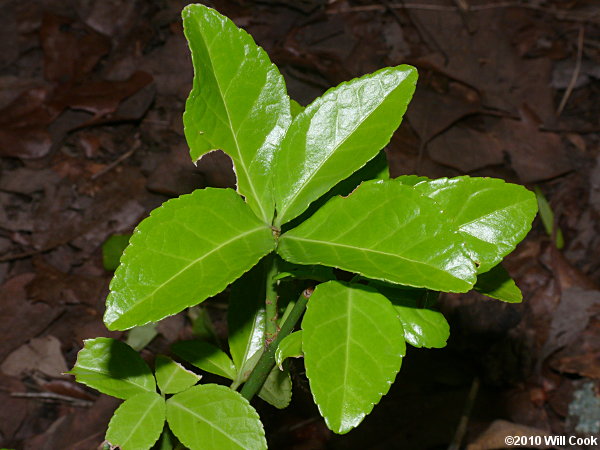



Japanese Spindle Tree Euonymus Japonicus
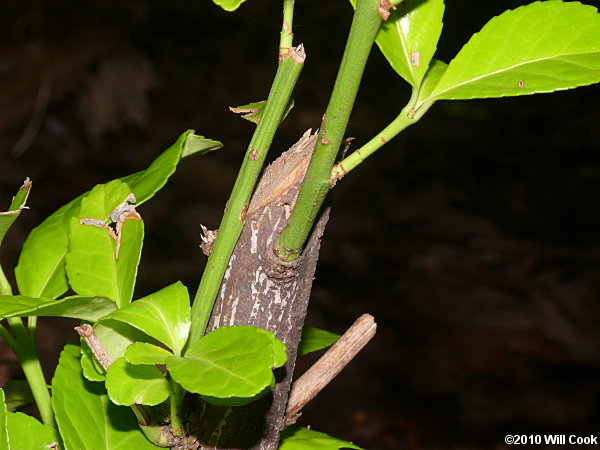



Japanese Spindle Tree Euonymus Japonicus
Thunb A variegated Cultivar in early springtime Euonymus japonicus ( evergreen spindle or Japanese spindle) is a species of flowering plant in the family Celastraceae, native to Japan, Korea and China It is an evergreen shrub or small tree growing to 2–8 m (6 ft 7 in–26 ft 3 in) tall, with opposite, oval leaves 3–7 cm long with finely serrated marginsJapanese euonymus is a dense, oval, evergreen shrub or small tree commonly used as a landscape plant It typically grows to 15 feet high, but left alone it can reach 26 feet It can be found in forest or natural areas in mixed deciduous forests and low woodlands, but can become weedy in disturbed areas around houses and buildingsExotic species that are moderately invasive but can become locally dominant when the proper conditions exist Control where necessary and limit their spread to other areas Common Name Scientific Name Effect on Natural Area Absinth sage Artemisia absinthum invades disturbed meadows Bittersweet nightshade
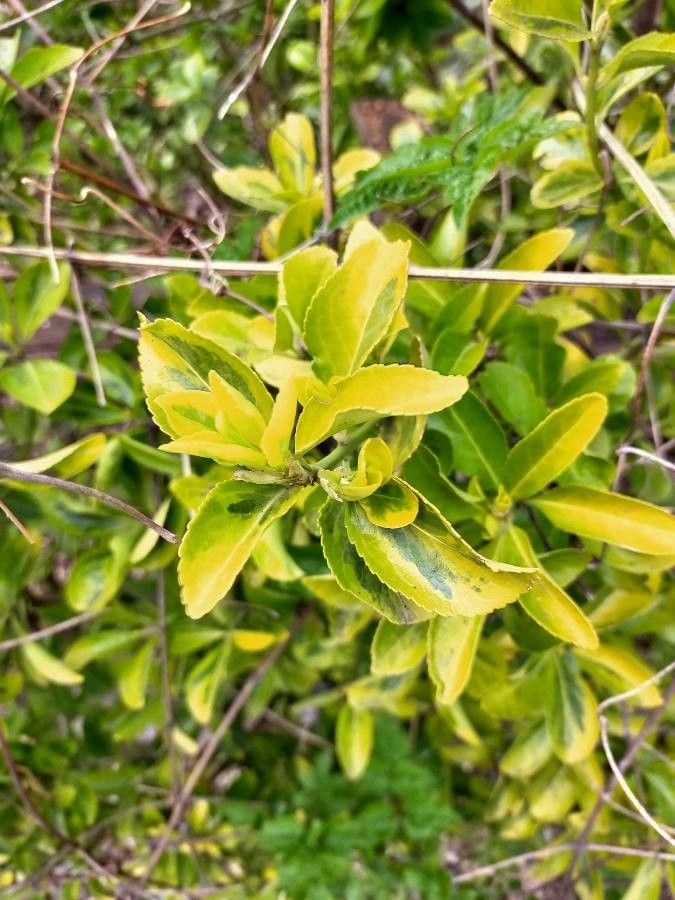



Observation Euonymus Japonicus Thunb Sophie Kinsley Apr 21 21 Invasive Plants Pl Ntnet Identify




Observation Euonymus Japonicus Thunb Patrice Boudoria Mar 10 21 Invasive Plants Pl Ntnet Identify
Chinaberrytree, China Tree, or Umbrella Tree Chinaberry or Melia azedarach is native to Southeast Asia and northern Australia It was introduced into the United States in the mid1800s for ornamental purposes The Asian Chinaberry is a small tree, to 40 feet tall with a spreading crownNoteworthy Characteristics Euonymus japonicus, commonly called Japanese euonymus, is a dense oval evergreen shrub of the spindle tree family that typically grows to 1015' tall and to 58' wide in cultivation, but may soar to as much as 25' tall in the wildIt is native to Japan, Korea and China Opposite, tough, leathery, lustrous, ovate to obovate, dark green leaves (to 3" long) areEuonymus Type Broadleaf Native to (or naturalized in) Oregon No Broadleaf evergreen vine or trailing shrub, also a mounding shrub to 13 ft (3075 cm) high and 24 ft (601 cm) wide, if supported will climb to 4070 ft (1221 m) A variable species because it mutates readily and forms a wide range of leaf types




Euonymus Powdery Mildew Pacific Northwest Pest Management Handbooks




Www Plant Ark Com Japanese Spindle Euonymus Japonicus
Scab This disease, caused by the fungus Elsinoë euonymijaponici, disfigures Japanese euonymus Spots develop on both surfaces of leaves but are most common on the upper surface The spots are very small, grayishwhite with a raised orangecinnamon, waxyappearing margin, and, in the larger spots, a raised, dark centerIdentification Euonymus europaeus is a l arge shrub or small tree that reaches 30 feet in height Opposite, simple, elliptical, 25 to 4 inches long, finely serrated, long pointed, green above, paler and may be pubescent below Perfect, inconspicuous (1/3 inch across), 4 greenishwhite petals with purple anthers, appearing in late spring inInvasive goutweed Acer platanoides Norway maple Invasive Acer pseudoplatanus Sycamore maple Invasive Actinidia arguta Hardy kiwi;
/thespruce.com-emerald-n-gold-euonymus-shrubs-2132073-3-658e12a8b73f484d98e9c62c901e72a4.jpg)



Wintercreeper Euonymus Care And Growing Guide
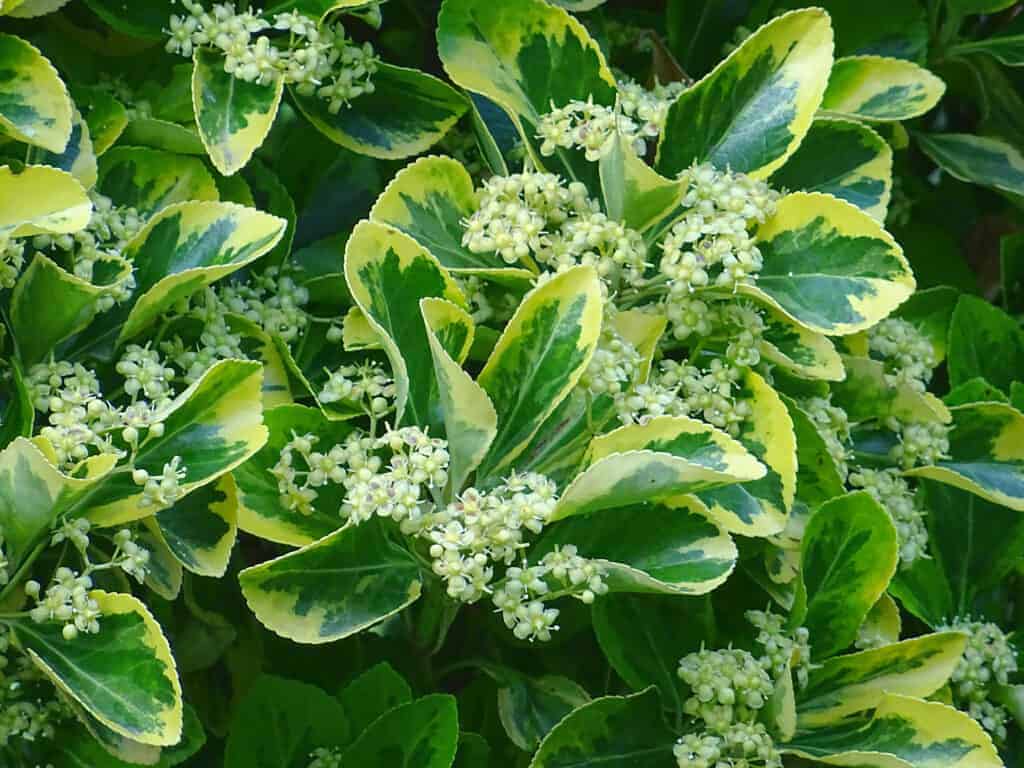



Euonymus Low Maintenance Evergreen Plants For Ornamental Landscaping Home For The Harvest
The larvae of C perspectalis feed on the leaves of box trees but can attack the bark of the trees, causing them to dry out and die (Leuthardt and Baur, 13)Typical symptoms include feeding damage on the leaf edges, with sometimes only leaf skeletons remaining Attendant symptoms are webbing of the branches with frass and residues of moulting such as, black head capsules ofIn Australia, E postvittana is present in Tasmania, New South Wales, Victoria, South Australia, and Western Australia It is widespread throughout New Zealand on many weedy hosts including gorse (Ulex europaeus) and broom (Cytisus scoparius) (Suckling et al, 1998)It is commonly present in gardens and unsprayed horticultural crops, as well as on woody weeds and many treesEuonymus europaeus, commonly called European spindletree, is a deciduous shrub or small tree that is native from Europe to western Asia In the U S, it has escaped cultivation and spread (sometimes invasively) by selfseeding, particularly in some areas of the Northeast This is a spindly tangled shrubtree with an irregular crown




Euonymus Alatus



Namethatplant Net Euonymus Fortunei
Before you plant a tree, find out about the nature of its root system You should never plant a tree closer than 10 feet (3 m) from the foundation of a home, and trees with invasive roots may need a distance of 25 to 50 feet (75 to 15 m) of space Slowgrowing trees generally have less destructive roots than those that grow quickly



1



12 Common Invasive Plants You Should Never Grow In Your Garden
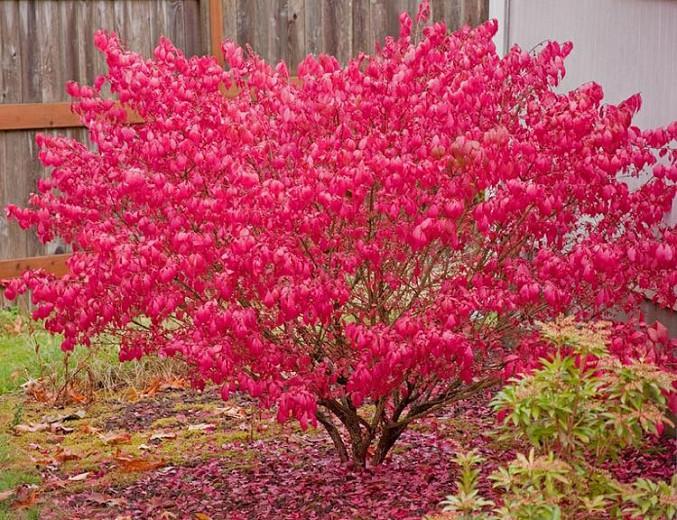



Euonymus Alatus Burning Bush




Gold Splash Euonymus Naturehills Com




Euonymus Wikipedia
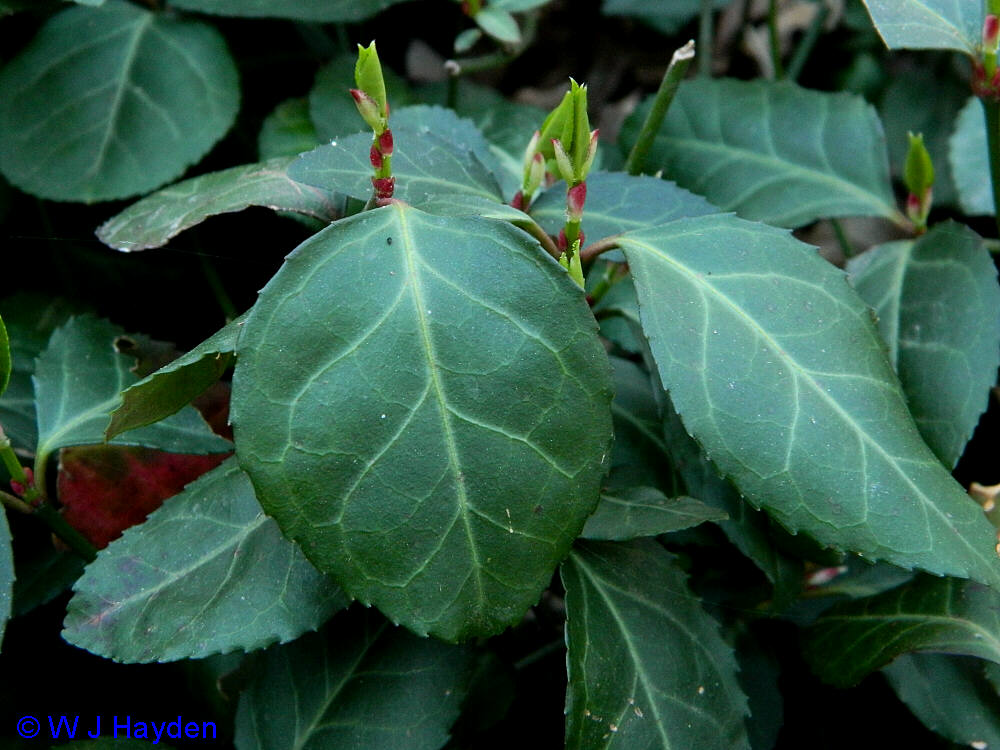



Evergreen And Creepy It S Winter Creeper Virginia Native Plant Society
/burning-bush-shrubs-invasive-plants-2132438-01-5380345a263f42c0a4124978e1774185.jpg)



Burning Bush Plant Care Growing Guide
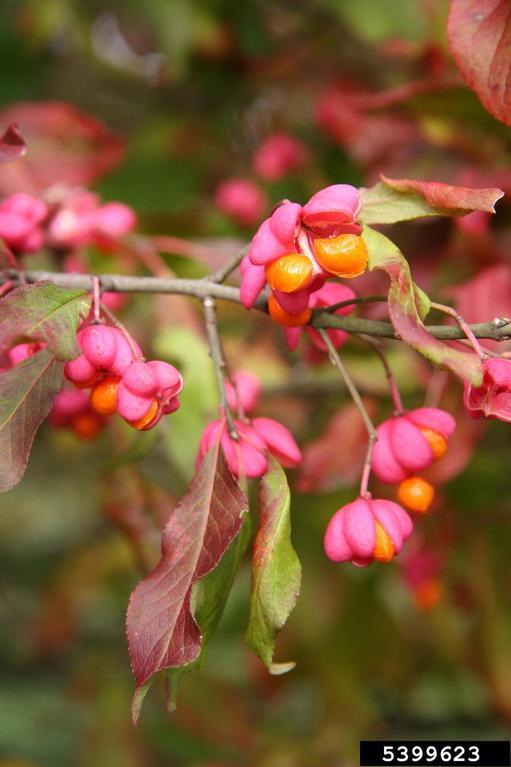



Terrestrial Plants Vermont Invasives
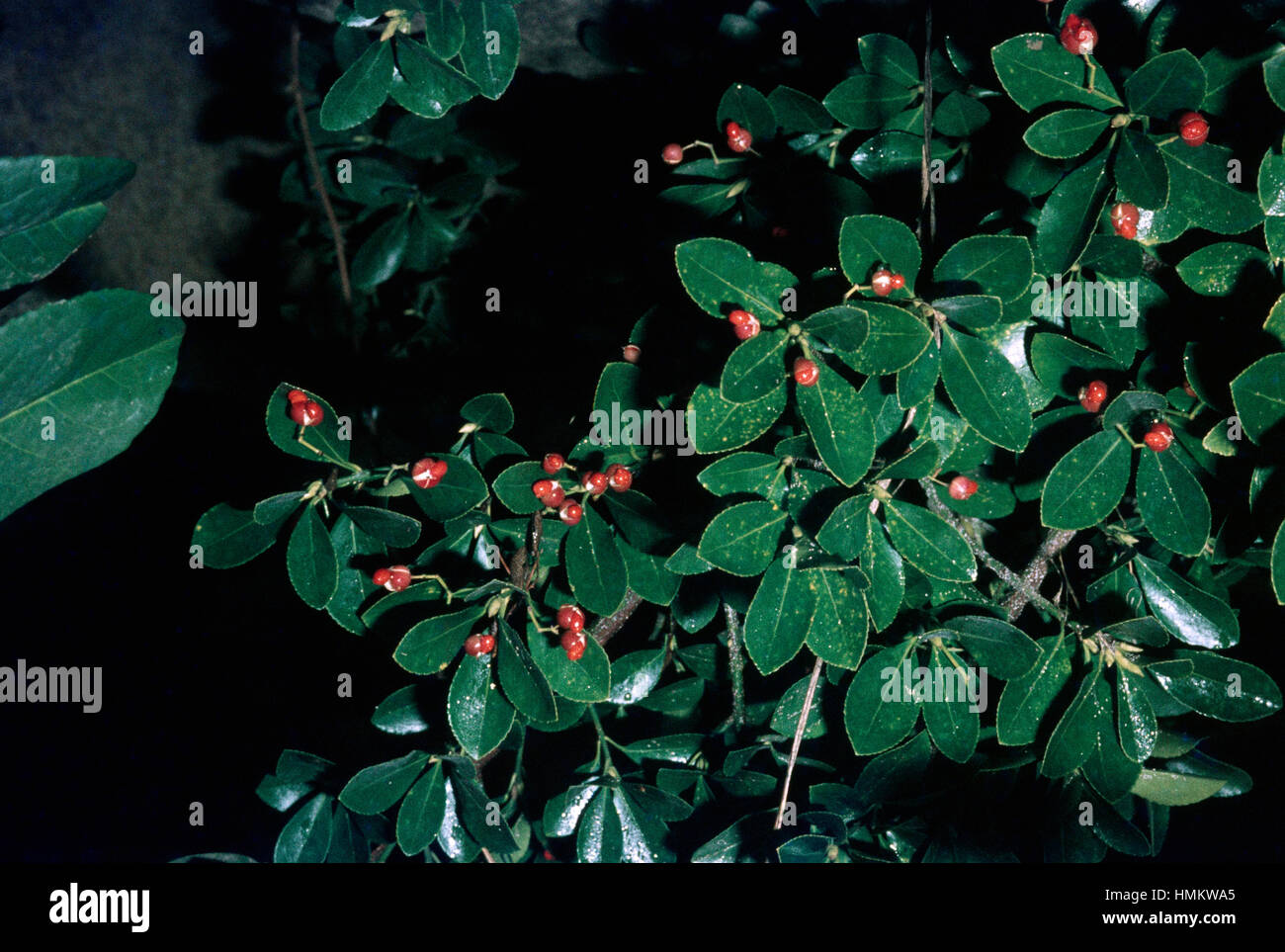



Japanese Spindle Tree Or Shrub High Resolution Stock Photography And Images Alamy




Powdery Mildew Microsphaera Euonymi Japonici On Japanese Spindletree Euonymus Japonicus
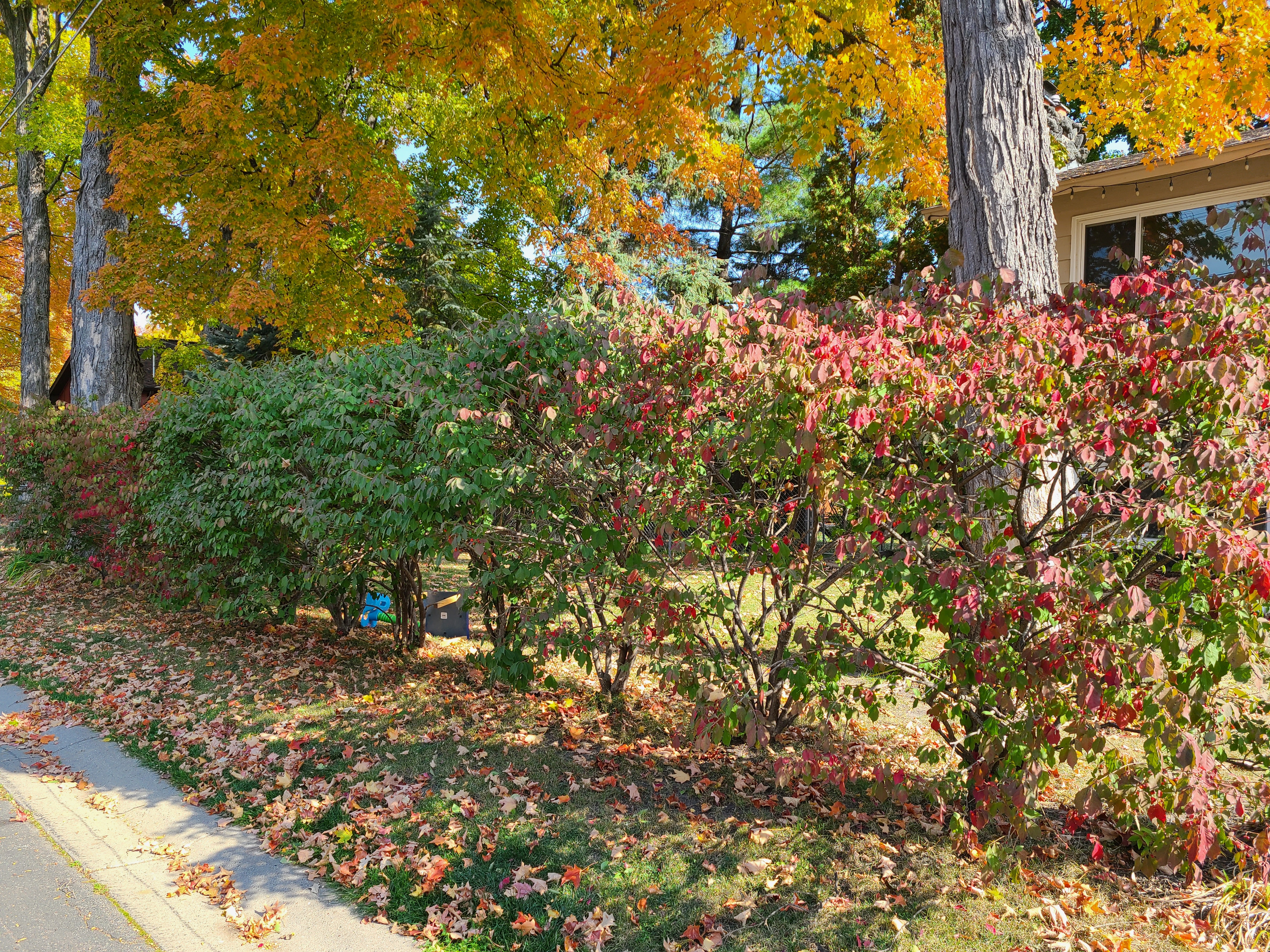



Burning Bush Added To Minnesota S Noxious Weed List Umn Extension




Euonymus Fortunei




Native Alternatives To Overused Foundation Plants Part Ii Master Gardeners Of Northern Virginia
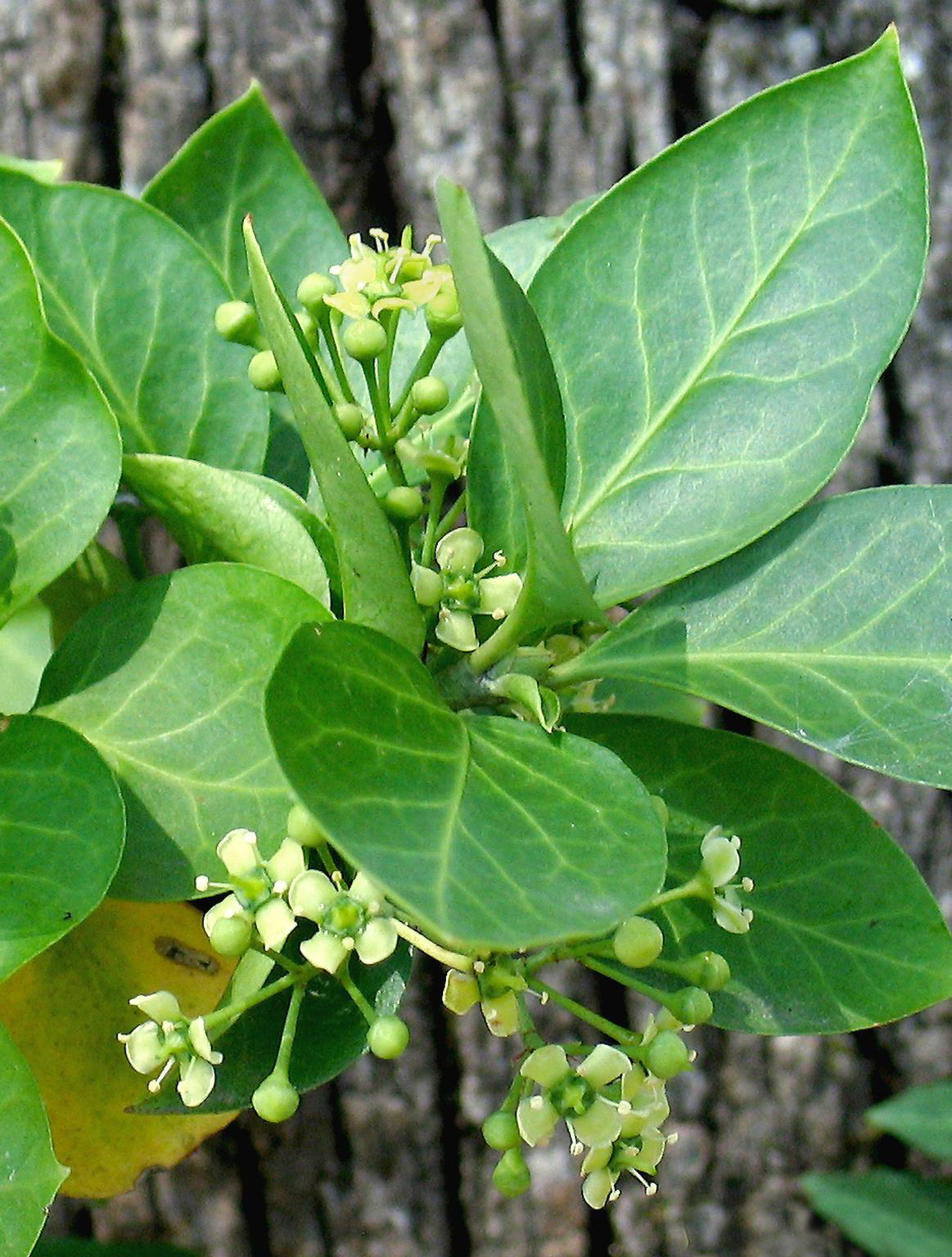



Euonymus Fortunei Wikipedia




Euonymus Powdery Mildew Pacific Northwest Pest Management Handbooks




Euonymus Fortunei Climbing Euonymus Japanese Euonymus Spreading Euonymus Wintercreeper Winter Creeper Wintercreeper Euonymus North Carolina Extension Gardener Plant Toolbox




Euonymus Japonicus Flowering Shrubs Shrubs Plants




Euonymus Fortunei Climbing Euonymus Japanese Euonymus Spreading Euonymus Wintercreeper Winter Creeper Wintercreeper Euonymus North Carolina Extension Gardener Plant Toolbox
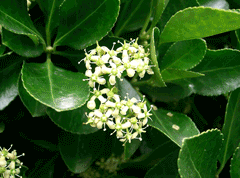



Euonymus Japonicus Japanese Spindle Tree Box Leaf Euonymus Evergreen Euonymus Japanese Euonymus Pfaf Plant Database
:max_bytes(150000):strip_icc()/european-spindle-tree-growing-profile-3269161-hero-73c78b1bc3544345a47c50eada14fc22.jpg)



European Spindle Tree Plant Care Growing Guide
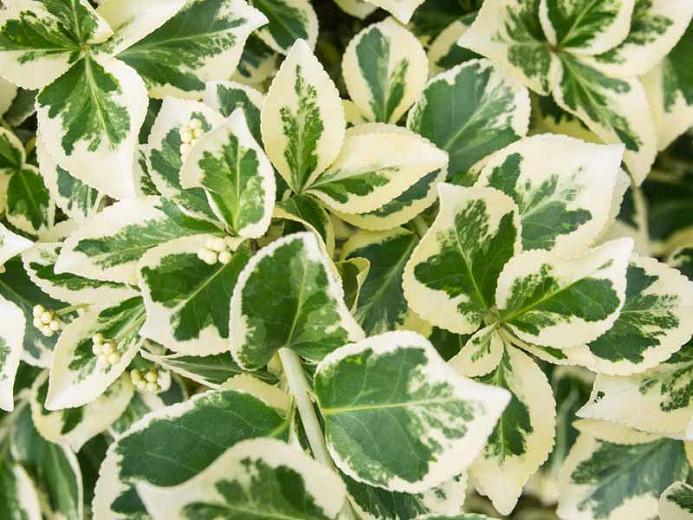



Euonymus Fortunei Silver Queen Wintercreeper



Italiano Euonymus Japonicus Sistematica Etimologia Habitat Coltivazione
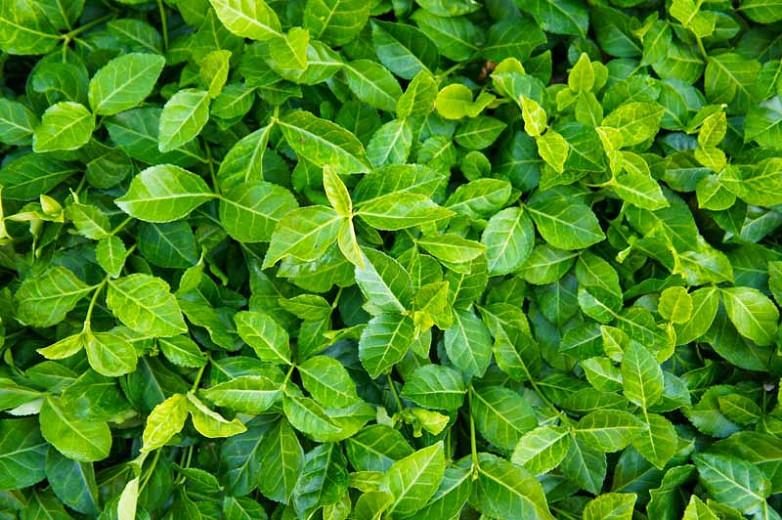



Euonymus Fortunei Coloratus Purple Wintercreeper
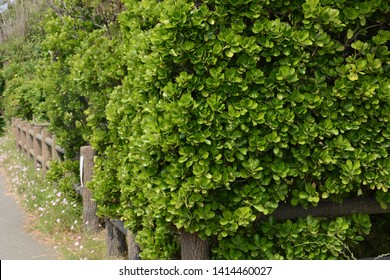



Japanese Spindle Tree High Res Stock Images Shutterstock




Winter Creeper Euonymus Fortunei




In Color Burning Bush Seattle Japanese Garden
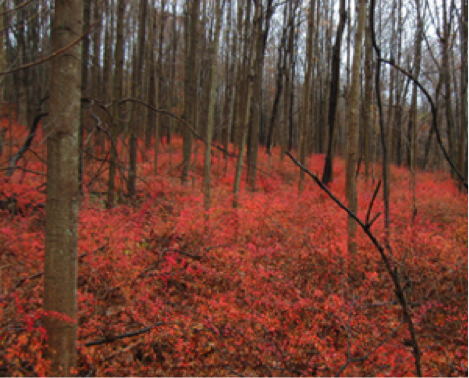



Not For Sale Invasive Plants Regulated In New York State Plant Talk




Burning Bush Euonymus Alatus Invasive
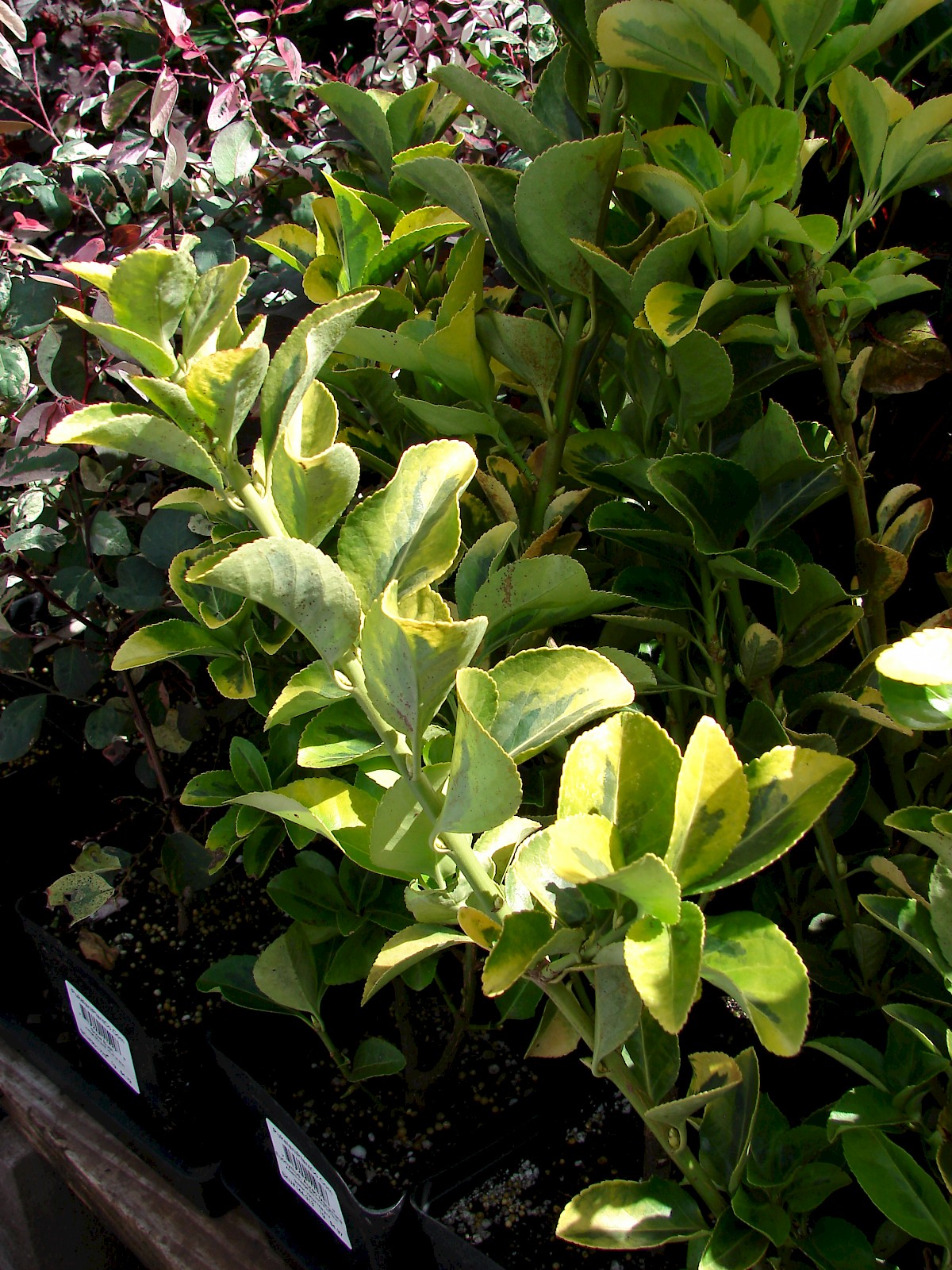



Euonymus Japonica Uf Ifas Assessment University Of Florida Institute Of Food And Agricultural Sciences
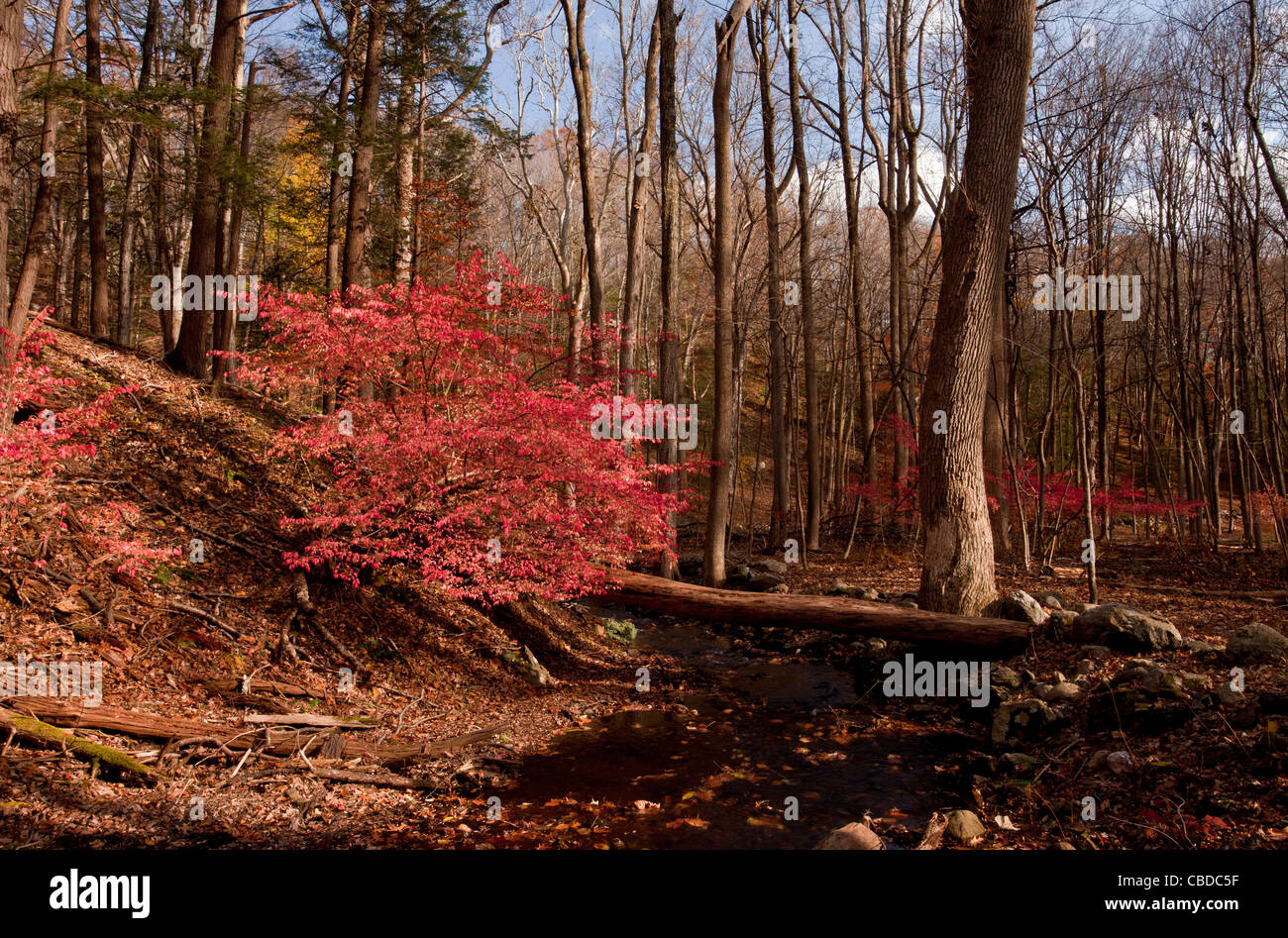



Euonymus Species High Resolution Stock Photography And Images Alamy
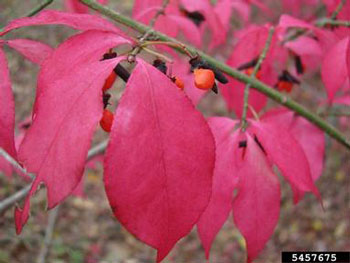



Maine Natural Areas Program Invasive Plants Burning Bush




Euonymus Species Fortune S Spindle Japanese Spindle Shrub Winter Creeper Euonymus Fortunei
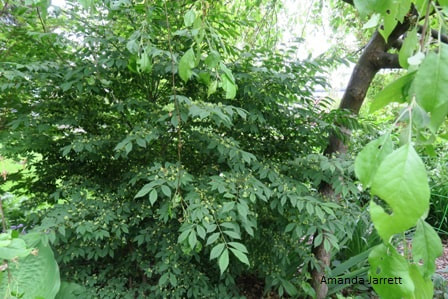



Compact Burning Bush The Garden Website Com




Burning Bush Compact Winged Spindle Tree Euonymus Alatus Compactus Dear Plants




Japanese Spindle Tree Euonymus Japonicus Inaturalist
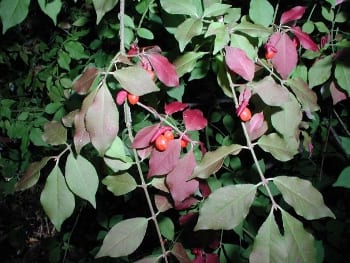



Winged Euonymus An Exotic Invasive Plant Fact Sheet Ecological Landscape Alliance
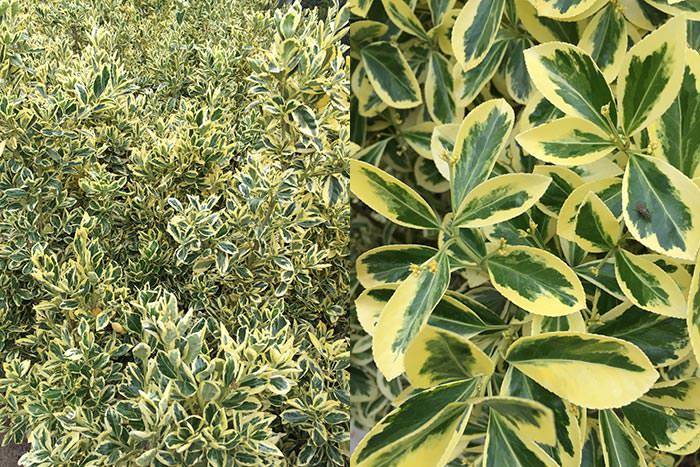



Euonymus Spindle Tree Varieties For Sale Uk Paramount Plants
/grow-japanese-spindle-plants-indoors-1902550-04-ae2962c3be2444c2b5c4f68dd2d64359.jpg)



Growing Japanese Spindle Plants



Euonymus Fortunei Landscape Plants Oregon State University




Invasive Plants In Massachusetts 31 Types That Could Be Growing Into A Jungle In Your Backyard Masslive Com




Euonymus Southern Living Southern Living




Euonymus Boxleaf Euonymus Japanese Spindletree Euonymus Japonicus Aureo Marginatus
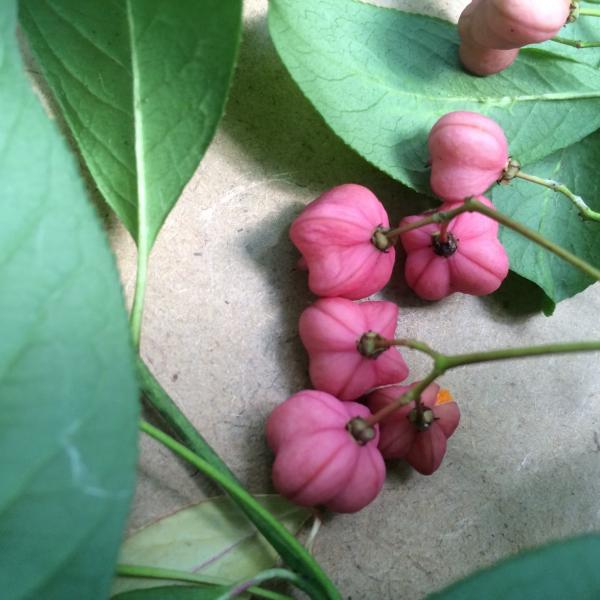



Watch List Species Highlight European Spindle Tree Euonymus Europaeus Vermont Invasives




116 Euonymus Species Photos Free Royalty Free Stock Photos From Dreamstime




Euonymus Japonicus Box Leaf Euonymus Dwarf Japanese Euonymus Var Microphyllus Evergreen Euonymus Japanese Euonymus Japanese Spindle Tree Spindle Tree North Carolina Extension Gardener Plant Toolbox




Euonymus Fortunei Climbing Euonymus Japanese Euonymus Spreading Euonymus Wintercreeper Winter Creeper Wintercreeper Euonymus North Carolina Extension Gardener Plant Toolbox



Euonymus Henry Hartley




Can I Plant Euonymus Near The House That Won T Be Bad For The Foundation




Winter Creeper Invasive Exotic Plants Of North Carolina Inaturalist




Spindle Bush Care Tips For Growing A Spindle Bush




Euonymus Japonicus Thunb Japanese Spindletree World Flora Pl Ntnet Identify
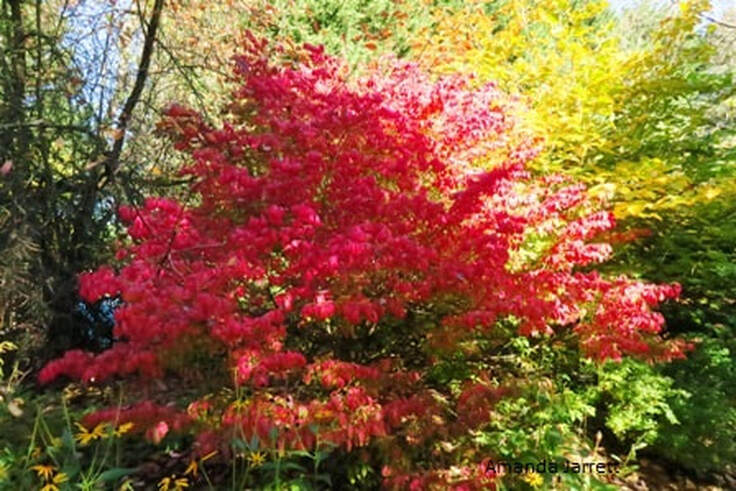



Compact Burning Bush The Garden Website Com




Euonymus Japonicus Care Tips On Growing The Japanese Euonymus




Non Invasive Alternatives Avoiding Common Invasive Plants In Zone 8




Invasive Species Ewing Township Environmental Commission



Q Tbn And9gcqidlvm5u6rb61rdsdz3ppw7vm1dms Otu6dqitini Usqp Cau




Japanese Euonymus Euonymus Japonicus Aureomarginatus Euonymus Japonicus Aureomarginatus Stock Photo Picture And Rights Managed Image Pic Bwi Bs Agefotostock
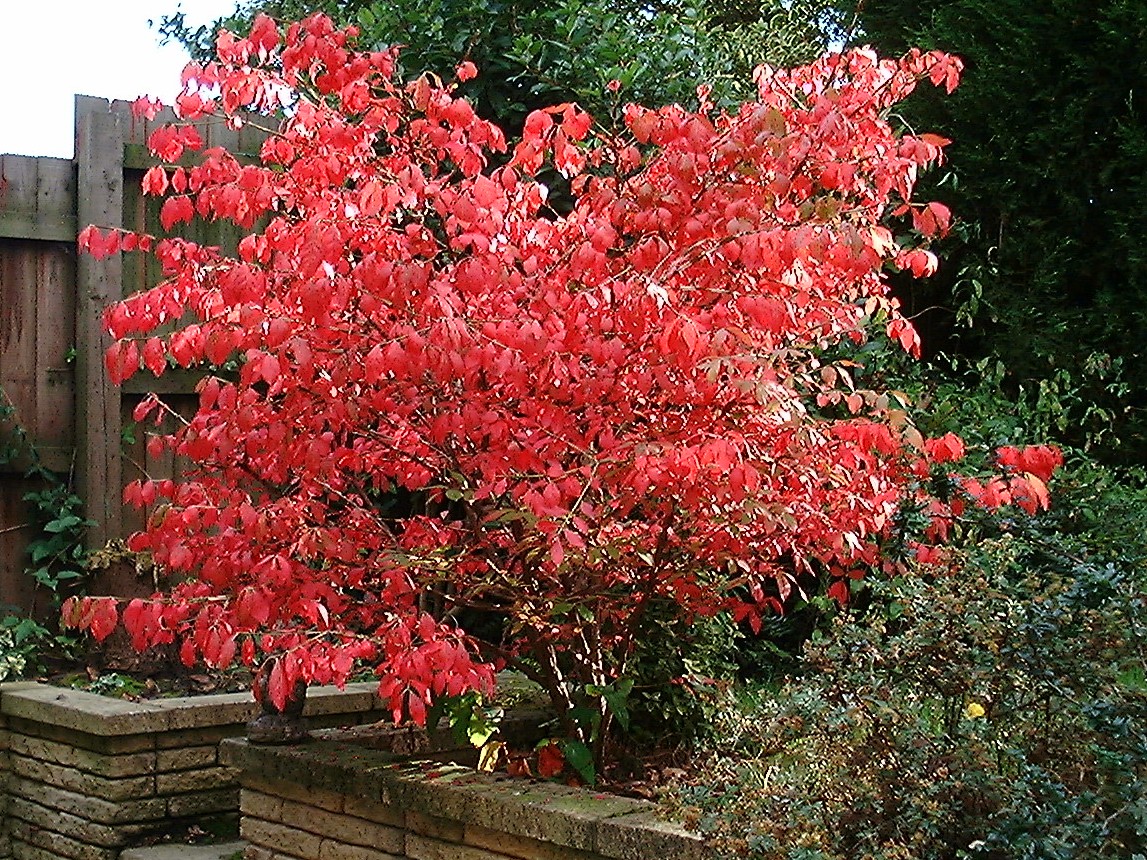



Euonymus Alatus Wikipedia
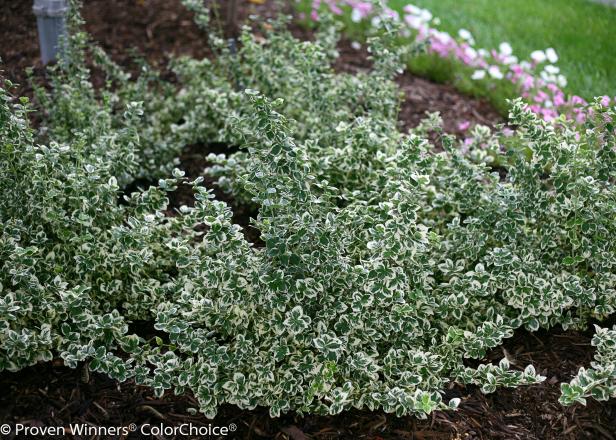



How To Grow And Care For Euonymus Plus Alternatives Hgtv




Japanese Spindle Tree Weedbusters
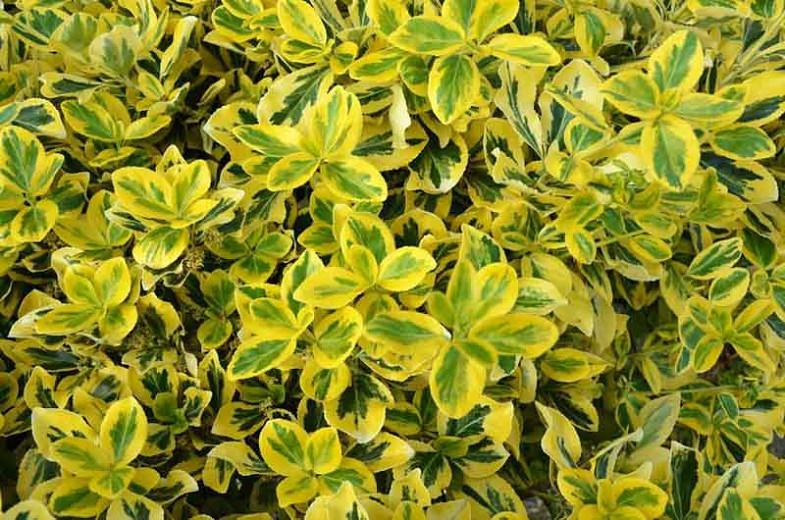



Euonymus Fortunei Emerald N Gold Wintercreeper
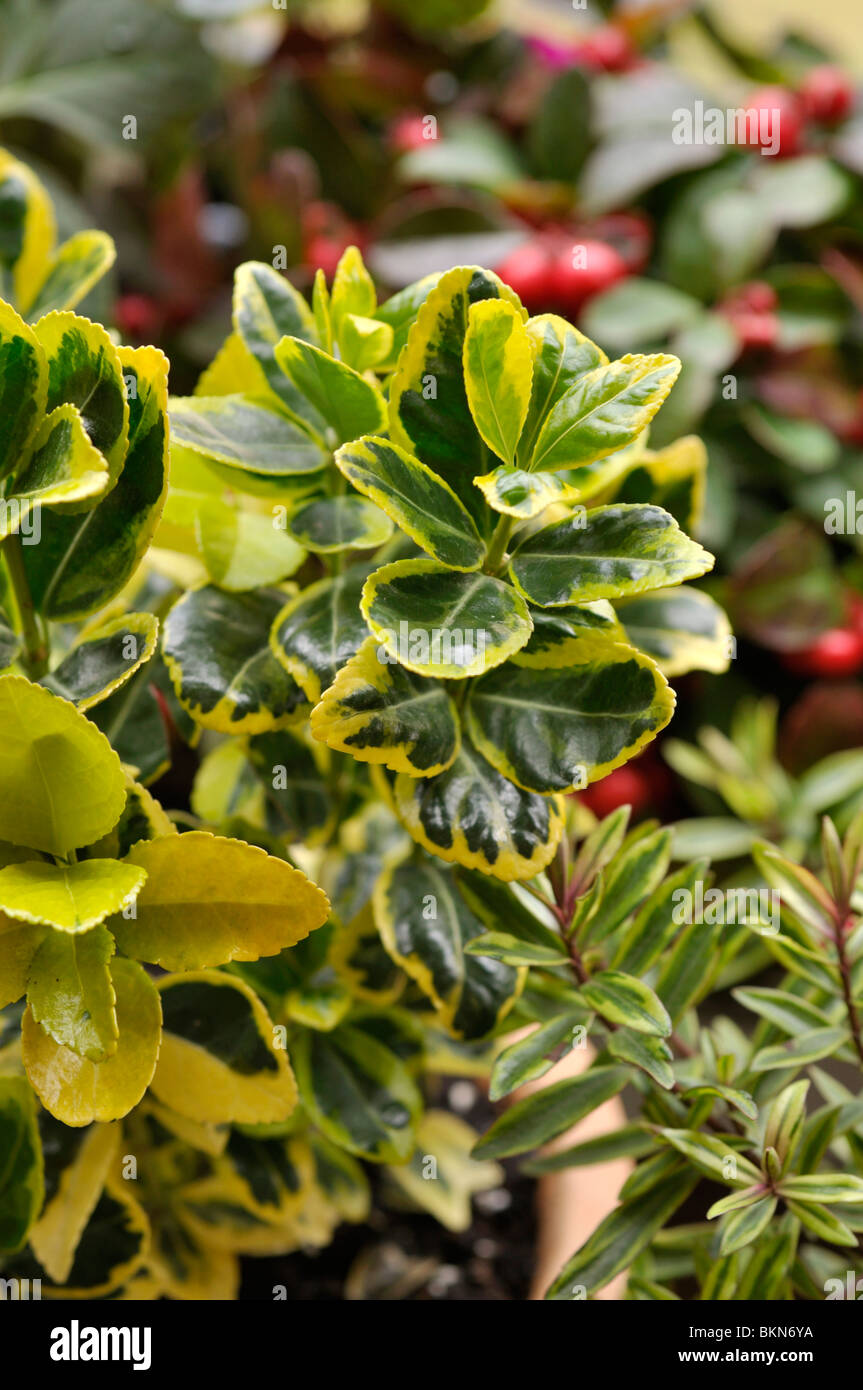



Japanese Spindle Tree Or Shrub High Resolution Stock Photography And Images Alamy




December 15 Plant Profile Euonymus Europaeus Atrorubens
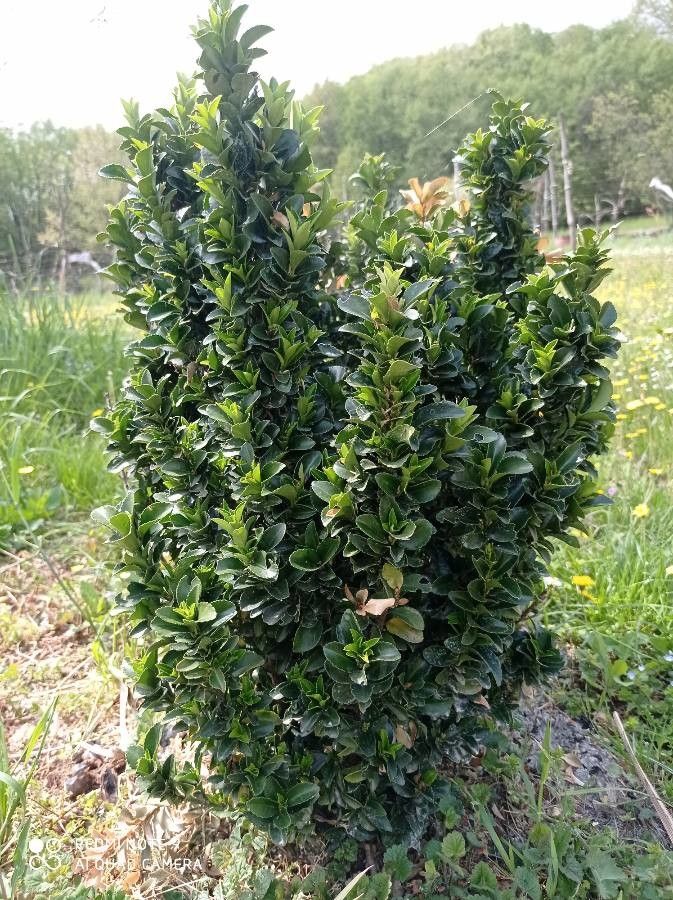



Observation Euonymus Japonicus Thunb Dinaleone Apr 18 21 Invasive Plants Pl Ntnet Identify




Japanese Spindle Tree Euonymus Japonicus Youtube




Japanese Spindletree Euonymus Japonicus Celastrales Celastraceae




December 15 Plant Profile Euonymus Europaeus Atrorubens
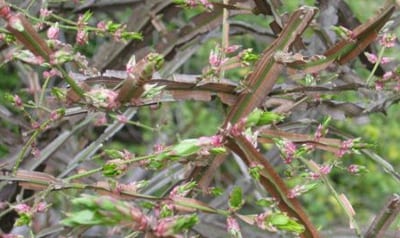



Winged Euonymus An Exotic Invasive Plant Fact Sheet Ecological Landscape Alliance




Euonymus Species Burning Bush Cork Bush Winged Spindle Tree Winged Euonymus Euonymus Alatus
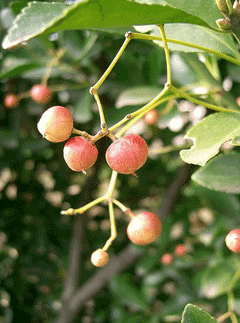



Euonymus Japonicus Japanese Spindle Tree Box Leaf Euonymus Evergreen Euonymus Japanese Euonymus Pfaf Plant Database




Japanese Spindle Encyclopedia Of Life



Is Burning Bush Really An Invasive Species Mike S Backyard Nursery




Avoid Invasive Plants Jersey Friendly Yards




Spotlight On Invasive Plants Burning Bush Euonymus Alatus Ecobeneficial




Your Plant Health Care Goals Need To Plan For Invasive Species Tree Tech Inc



3



2



Euonymus Japonicus Japanese Spindle Tree




Wintercreeper Fortune S Spindle In The Garden Epic Gardening




Collectected Spindle Tree Clump Burning Bush Bonsai Nut




Winter Creeper Invasive Exotic Plants Of North Carolina Inaturalist
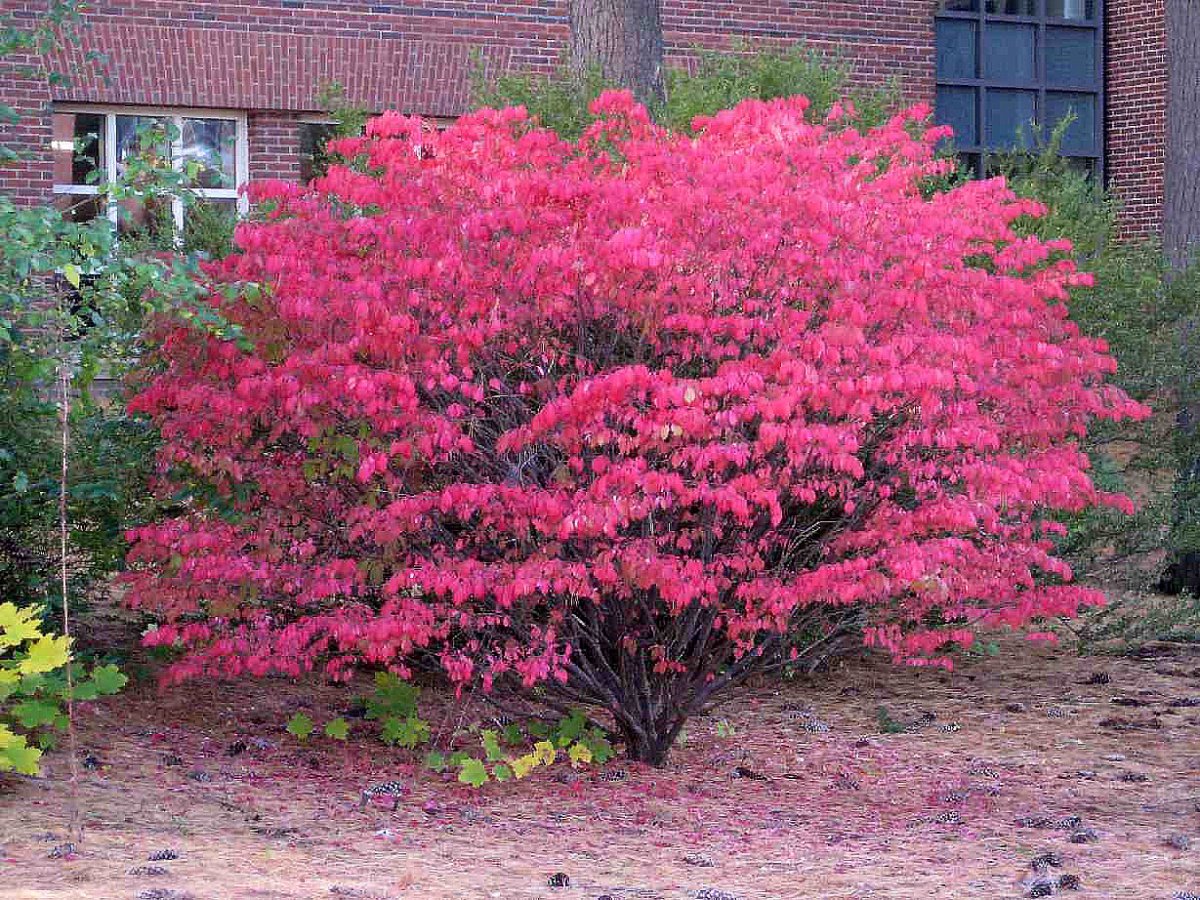



Alternatives To Invasive Landscape Plants Fact Sheet Extension



0 件のコメント:
コメントを投稿